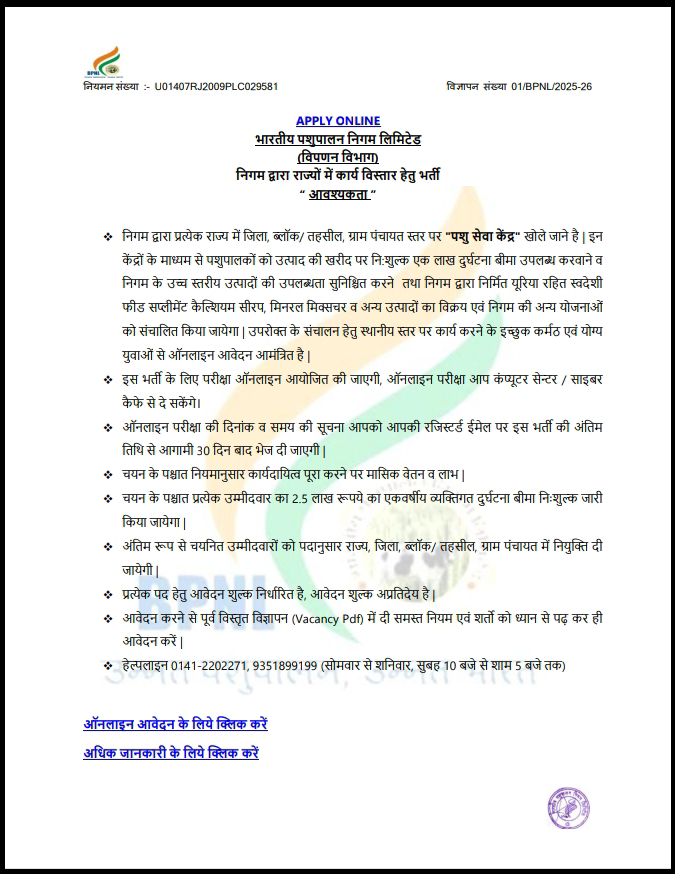Tillage refers to the mechanical manipulation of the soil to create favorable conditions for seed germination, seedling establishment, root growth, and overall crop production. It involves operations like plowing, harrowing, and cultivating, which alter the soil structure, manage crop residues, control weeds, and incorporate fertilizers.
Zero tillage, also known as no-till farming or direct drilling, is a key component of conservation agriculture. It is a farming practice that avoids mechanical soil disturbance. In zero tillage:
* No plowing or tilling is done. The soil is left undisturbed from harvesting the previous crop to planting the next.
* Seeds are directly sown into the untilled soil, often through the residue of the previous crop. Specialized seed drills create a narrow slot or hole just large enough to place the seed and cover it.
* Crop residues are retained on the soil surface as a mulch. This layer of organic matter helps to:
1.Protect the soil from erosion by wind and water.
2.Conserve soil moisture by reducing evaporation.
3.Suppress weed growth.
4.Improve soil structure and fertility over time through decomposition.
5.Moderate soil temperature.
Zero tillage is a cornerstone of conservation agriculture because it promotes soil health, reduces erosion, conserves water, and can lower input costs (like fuel and labor) compared to conventional tillage methods. It also contributes to carbon sequestration in the soil, helping to mitigate climate change.

.jpeg)






